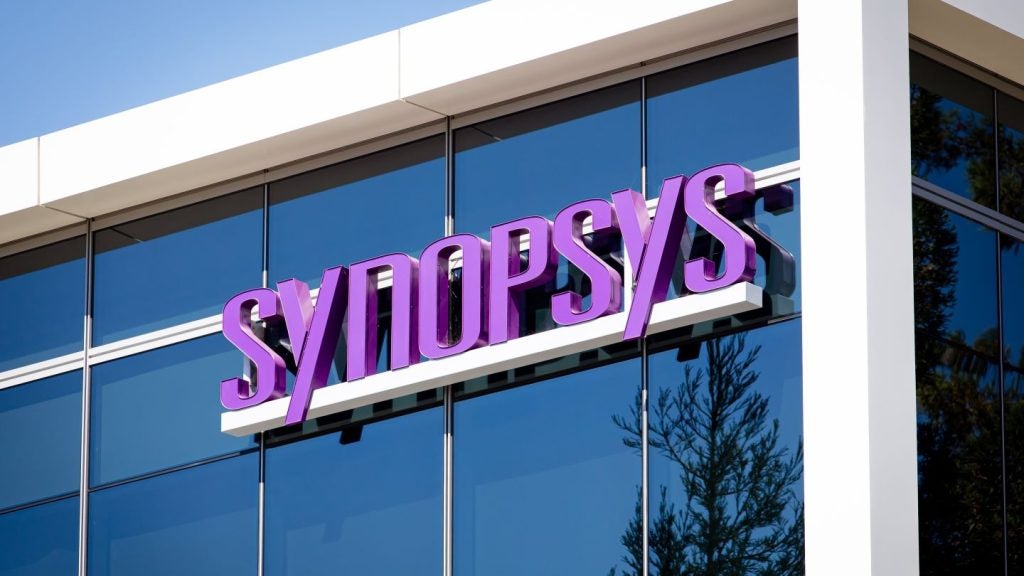The technology industry continues to be a hotbed of patent innovation. Activity is driven by the increasing prevalence of remote work, growing concerns over data privacy, rising number of cyber threats, and growing importance of encryption protocols such as internet protocol security (IPSec) and secure sockets layer/transport layer security (SSL/TLS) to ensure data confidentiality, integrity, and authentication while enabling seamless remote access to network resources. With the ever-expanding need for secure remote connectivity, cybersecurity innovation in virtual private network (VPN) tunneling can play an instrumental role in safeguarding sensitive information and ensuring secure communication in today’s interconnected world. In the last three years alone, there have been over 1.5 million patents filed and granted in the technology industry, according to GlobalData’s report on Cloud in technology: VPN tunneling. Buy the report here.
According to GlobalData’s Technology Foresights, which uses over 1.6 million patents to analyze innovation intensity for the technology industry, there are 185+ innovation areas that will shape the future of the industry.
VPN tunneling is a key innovation area in cloud
VPN tunneling refers to the technique of establishing an encrypted connection between two endpoints, such as a computer and a server, over the internet. This method ensures the secure transmission of private data and enables a protected connection for remote users. Furthermore, it can be utilized to bypass geographical restrictions, granting access to blocked websites or services.
GlobalData’s analysis also uncovers the companies at the forefront of each innovation area and assesses the potential reach and impact of their patenting activity across different applications and geographies. According to GlobalData, there are 1545+ companies, spanning technology vendors, established technology companies, and up-and-coming start-ups engaged in the development and application of VPN tunneling.
Key players in VPN tunneling – a disruptive innovation in the technology industry
‘Application diversity’ measures the number of applications identified for each patent. It broadly splits companies into either ‘niche’ or ‘diversified’ innovators.
‘Geographic reach’ refers to the number of countries each patent is registered in. It reflects the breadth of geographic application intended, ranging from ‘global’ to ‘local’.
Patent volumes related to VPN tunneling
Source: GlobalData Patent Analytics
Cisco Systems is one of the top patent filer in VPN tunneling, followed by VMware and Telefonaktiebolaget LM Ericsson.
Huawei is another prominent patent filer in VPN tunneling. One of the company’s patents is aimed at an invention related to providing a service path allocation method, a router, and a service execution entity. In one of the embodiments, the router obtains a user identifier and IP 5-tuple information after receiving a packet, queries for a corresponding target service processing path according to the user identifier and the IP 5-tuple information and sends the service packet to the first-hop service execution entity in the service path for corresponding service processing.
For a different service flow, the executed target service processing path is different. Different service paths can be allocated to different service flows according to a user's customization and a service type, thereby implementing dynamic allocation of the service paths and increasing a utilization ratio of network resources.
Other prominent patent filers in the space include ZTE and Juniper Networks.
By geographic reach, Bright Data leads the pack, followed by VirnetX and Vodafone. In terms of application diversity, Huawei holds the top position, followed by Cisco Systems and Telefonaktiebolaget LM Ericsson.
Cloud innovation in VPN tunneling can significantly enhance the protection of sensitive data during transmission over public networks. It establishes secure, encrypted tunnels that encapsulate data and create a private communication channel, shielding it from unauthorized access.
To further understand the key themes and technologies disrupting the technology industry, access GlobalData’s latest thematic research report on Technology.
Data Insights
From

The gold standard of business intelligence.
Blending expert knowledge with cutting-edge technology, GlobalData’s unrivalled proprietary data will enable you to decode what’s happening in your market. You can make better informed decisions and gain a future-proof advantage over your competitors.







